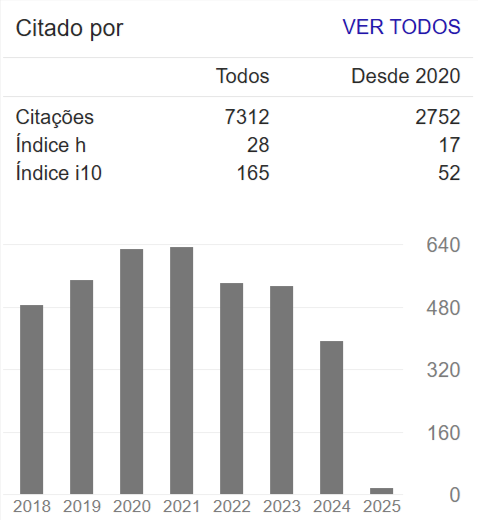Hydrogeological characterization of cemetery areas - Case study
Abstract
Cemeteries are places where people are buried; most of population do not see these sites as potential environmental polluters. There are in these sites decomposition of organic matter that generates a viscous, grayish and odorous residue, burial plume, possible soil polluter that can easily be transported by the rainwater and contaminate the water table with virus, bacteria and protozoa proliferating diseases such as typhoid fever, yellow fever, cholera, among others. In this scenario, the aim of this study is to characterize soils of two areas of cemeteries located in Santa Catarina. Development of the study considered in situ and laboratory tests of geotechnical characterization. Results presented high to extreme vulnerability index of the sources, permeability coefficients in disagreement with the National Council of the Environment Resolution nº 368/2006, presence of organic matter in the soil, insufficient soil transit time to retain the present microorganisms in necrochorume and HRB (Highway Research Bord) classification of soils unsuitable for sites with cemiterial activity. Analysis of the results suggests that soil and water of the studied areas present probable burial plume contamination.

















